Turner: In Light and Shade – an 'enlightening' exhibition
'Superb' collection of the celebrated artist's works on paper are on display at the Whitworth

From Remainers to Reform UK voters, from Mike Leigh to the Bank of England's note-makers, everyone seems to agree that Joseph Mallord William Turner "was our greatest artist", said Jonathan Jones in The Guardian. And his many admirers are in for a treat this year. This spring marks the 250th anniversary of Turner's birth, and the first of several events commemorating the milestone is this "enlightening" exhibition in Manchester.
Fans shouldn't go expecting the dramatic oil paintings for which Turner is best known: the display is first and foremost a showcase for the Whitworth Art Gallery's "superb collection" of the painter's works on paper, notably an "electric" series of 71 "sepia-toned" landscape prints entitled the "Liber Studiorum", or book of studies, published between 1807 and 1819. The show's title refers to Ruskin's comment: "He paints in colour, but thinks in light and shade." Throughout, Turner astonishes with his "eye for the complex truth of space", capturing ruined abbeys, pastoral scenes and stormy skies in images that fuse "precise drawing" with "poetic ecstasy", revealing "what a thoughtful, patient" observer of the world he was. It is a fine birthday tribute to "Britain's favourite painter".
Turner took printmaking especially seriously, said Gabrielle Schwarz in The Daily Telegraph. Often dismissed as merely a means of rendering an existing image "infinitely reproducible" – and thus a lesser art form – the medium still demands an immense amount of skill. Turner's chosen technique, mezzotint printing, was particularly difficult and "time-consuming", requiring careful preparation of the copper plates onto which images were engraved. Unusually, only a handful of the prints that make up his "Liber Studiorum" are based on completed paintings; the rest are original compositions. He was also unusual in doing much of the engraving himself, rather than delegating the task to a professional. The results are often "astonishing": it's extraordinary that the "roiling seascape" of "Ships in a Breeze" (1808) consists "of nothing more than dots of brown ink held in the grooves of a copper plate".
The Week
Escape your echo chamber. Get the facts behind the news, plus analysis from multiple perspectives.

Sign up for The Week's Free Newsletters
From our morning news briefing to a weekly Good News Newsletter, get the best of The Week delivered directly to your inbox.
From our morning news briefing to a weekly Good News Newsletter, get the best of The Week delivered directly to your inbox.
The little details in these prints are lovely, said Nancy Durrant in The Times. In a view of Mount St Gothard in the Alps, for instance, Turner captures a tired donkey dwarfed by the vast misty peaks in the distance. Yet it's his handling of light and atmospheric conditions – "the clouds and the foam and the fine sea spray, the shadows and reflections, the puffs of smoke and bursts of flame" – that "take your breath away". You emerge from all this into a gallery of watercolours, showing "a golden evening glow" inside a cathedral and "purple moonlight on Lake Lucerne". The colour comes as a pleasant shock "after half-an-hour luxuriating in the warm brown depths of the mezzotints next door". What a "gorgeous display" this is.
Whitworth Art Gallery, Manchester. Until 2 November
A free daily email with the biggest news stories of the day – and the best features from TheWeek.com
-
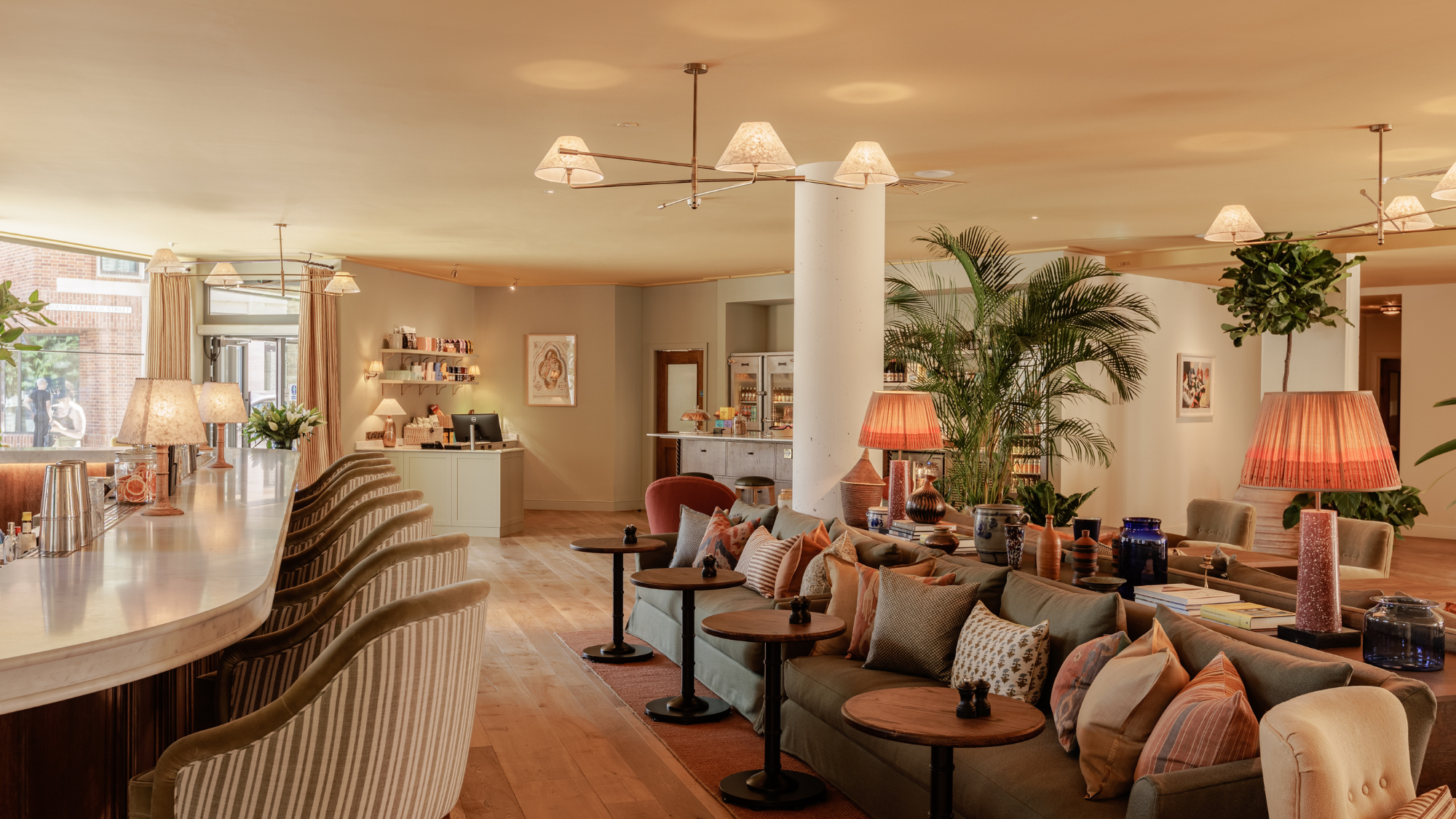 Wilde Cambridge: home-away-from-home in a prime city spot
Wilde Cambridge: home-away-from-home in a prime city spotThe Week Recommends This laid-back aparthotel is the perfect base for a weekend of exploring
-
 The best alcohol-free alternatives for Dry January
The best alcohol-free alternatives for Dry JanuaryThe Week Recommends Whether emerging from a boozy Christmas, or seeking a change in 2026, here are some of the best non-alcoholic beers, wines and spirits to enjoy
-
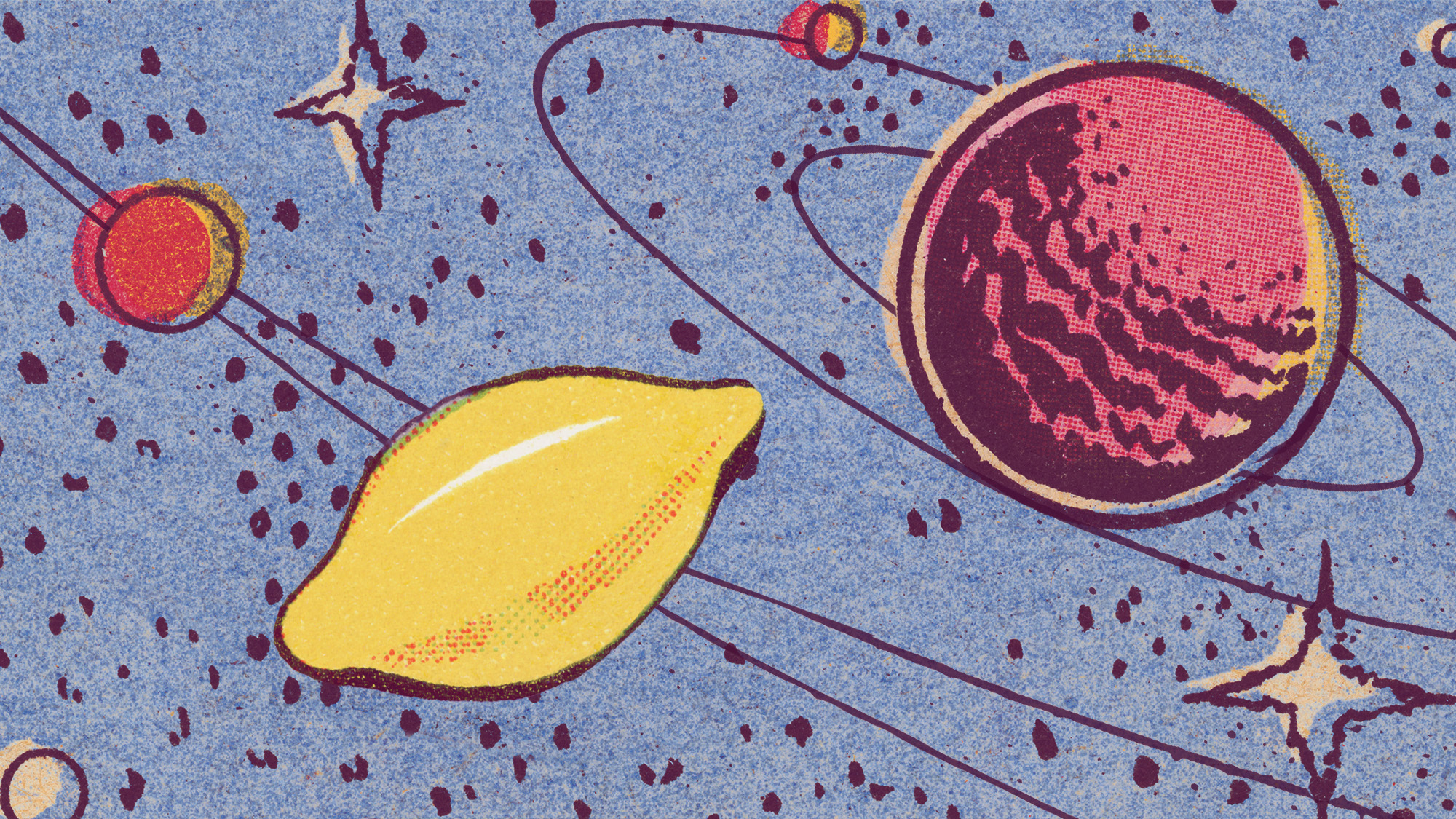 A lemon-shaped exoplanet is squeezing what we know about planet formation
A lemon-shaped exoplanet is squeezing what we know about planet formationUnder the radar It may be made from a former star
-
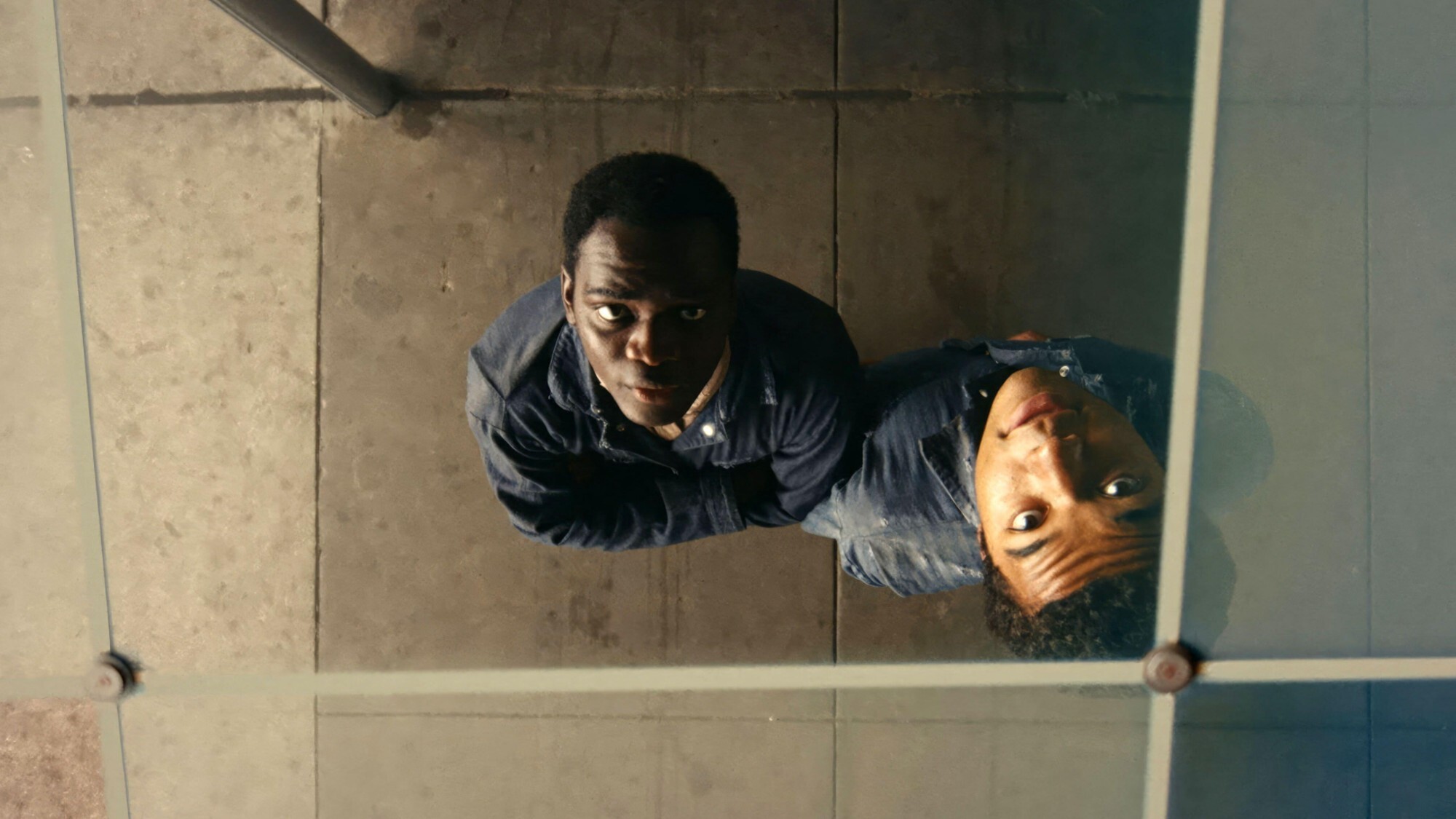 The ultimate films of 2025 by genre
The ultimate films of 2025 by genreThe Week Recommends From comedies to thrillers, documentaries to animations, 2025 featured some unforgettable film moments
-
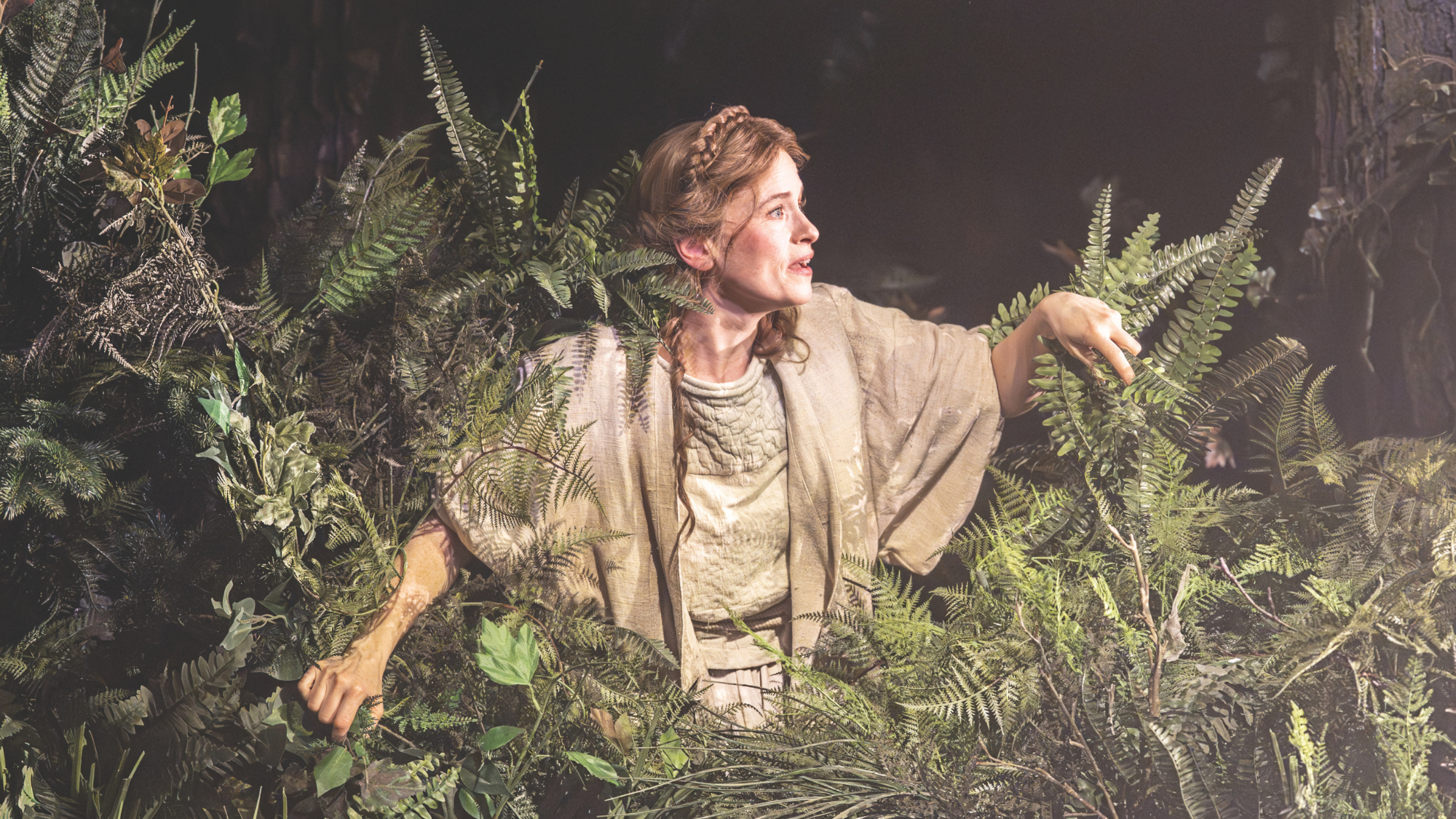 Into the Woods: a ‘hypnotic’ production
Into the Woods: a ‘hypnotic’ productionThe Week Recommends Jordan Fein’s revival of the much-loved Stephen Sondheim musical is ‘sharp, propulsive and often very funny’
-
 The best food books of 2025
The best food books of 2025The Week Recommends From mouthwatering recipes to insightful essays, these colourful books will both inspire and entertain
-
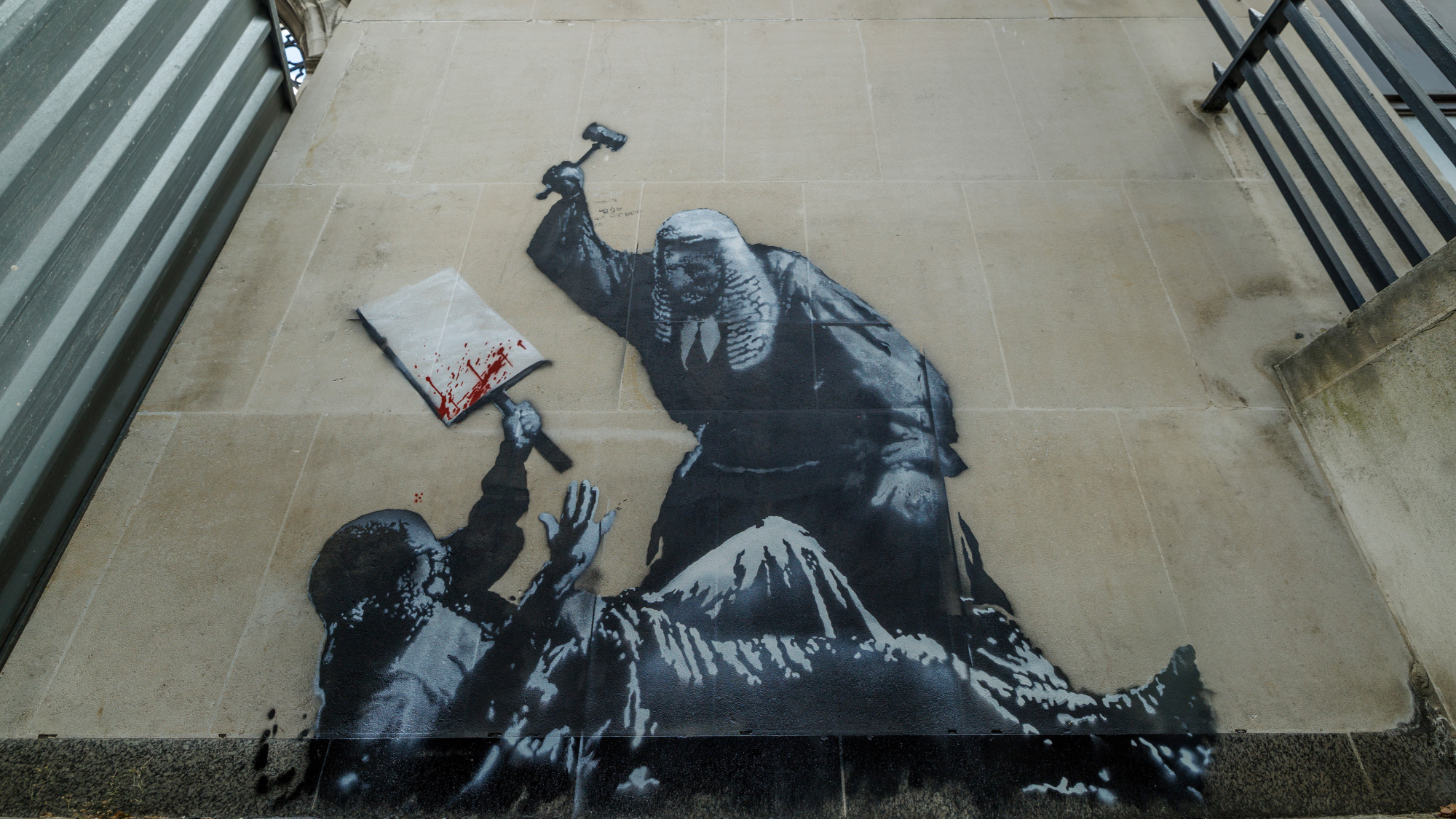 Art that made the news in 2025
Art that made the news in 2025The Explainer From a short-lived Banksy mural to an Egyptian statue dating back three millennia
-
 Nine best TV shows of the year
Nine best TV shows of the yearThe Week Recommends From Adolescence to Amandaland
-
 Winter holidays in the snow and sun
Winter holidays in the snow and sunThe Week Recommends Escape the dark, cold days with the perfect getaway
-
 The best homes of the year
The best homes of the yearFeature Featuring a former helicopter engine repair workshop in Washington, D.C. and high-rise living in San Francisco
-
 Critics’ choice: The year’s top 10 movies
Critics’ choice: The year’s top 10 moviesFeature ‘One Battle After Another’ and ‘It Was Just an Accident’ stand out